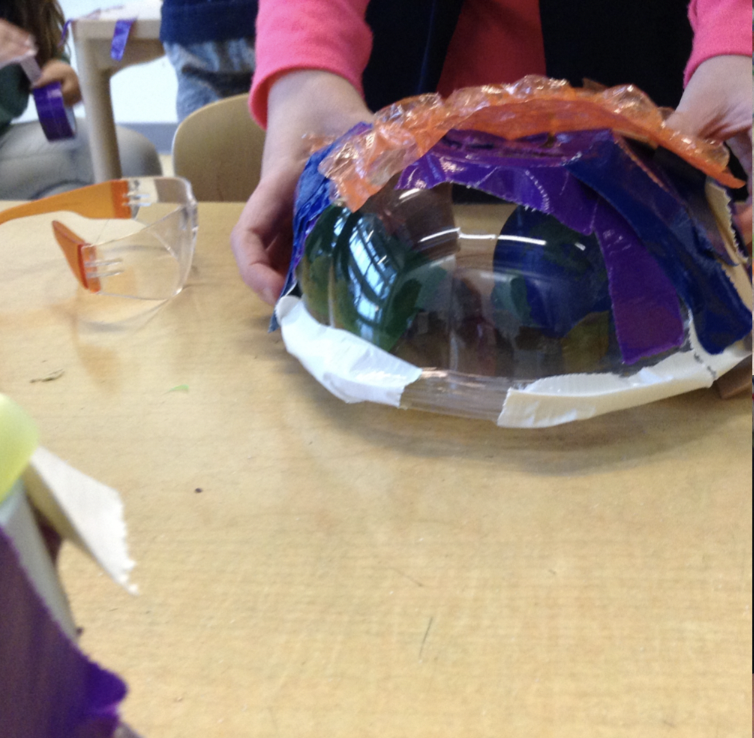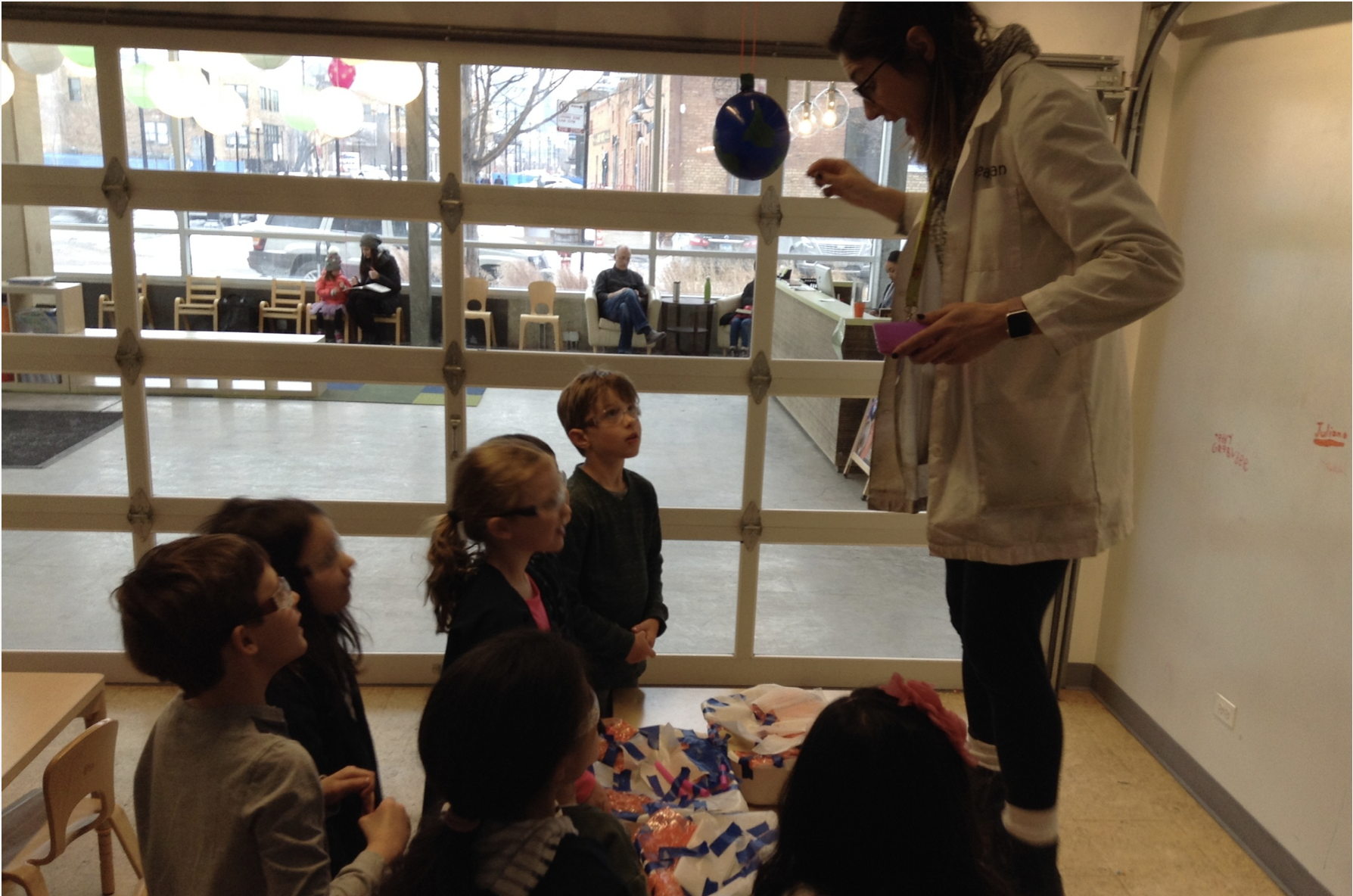Today students had the chance to explore, design, and think about different types of slime, their textures and how they were made. Using observation to characterize them as sticky, gooey, viscous, or wet, the experiments provided sensory feedback to the brain to better relate to why slimes can be so interesting. Our student scholars already know he basic states of matter by 1st grade, so at KSL, we want to investigate the measurement and ratios that result in optimal slime, as well as the effect that random ingredients may have on a slime. By also trying to identify whether the slime’s state of matter, it allowed access to basic science. After investigating the materials inside of slimes, students were able to customize their own.
Students also discussed that while slime is sticky, wet and viscous (thick), it’s still a liquid and liquids evaporate and dry out if left open to the air. With that in mind students were given the option to use a condiment cup or ziplock bag to take their slime home. Occasionally, we will intentionally build our students fine motor skill by using pipettes, syringes, and small measuring devices that also allow our students the same specificity that science investigators use in their own labs.
Your child may come home with a customized slime they created in its own protective container.















